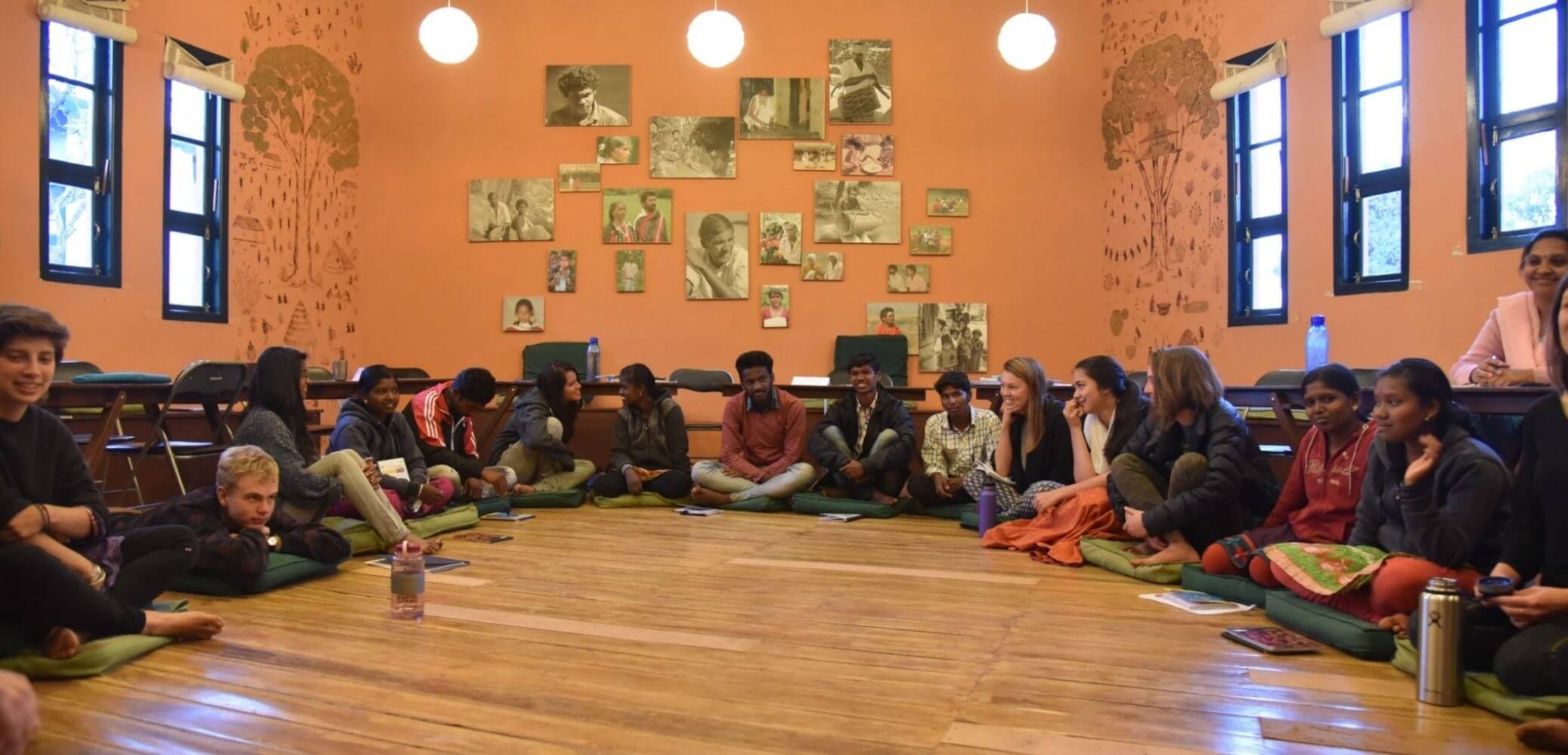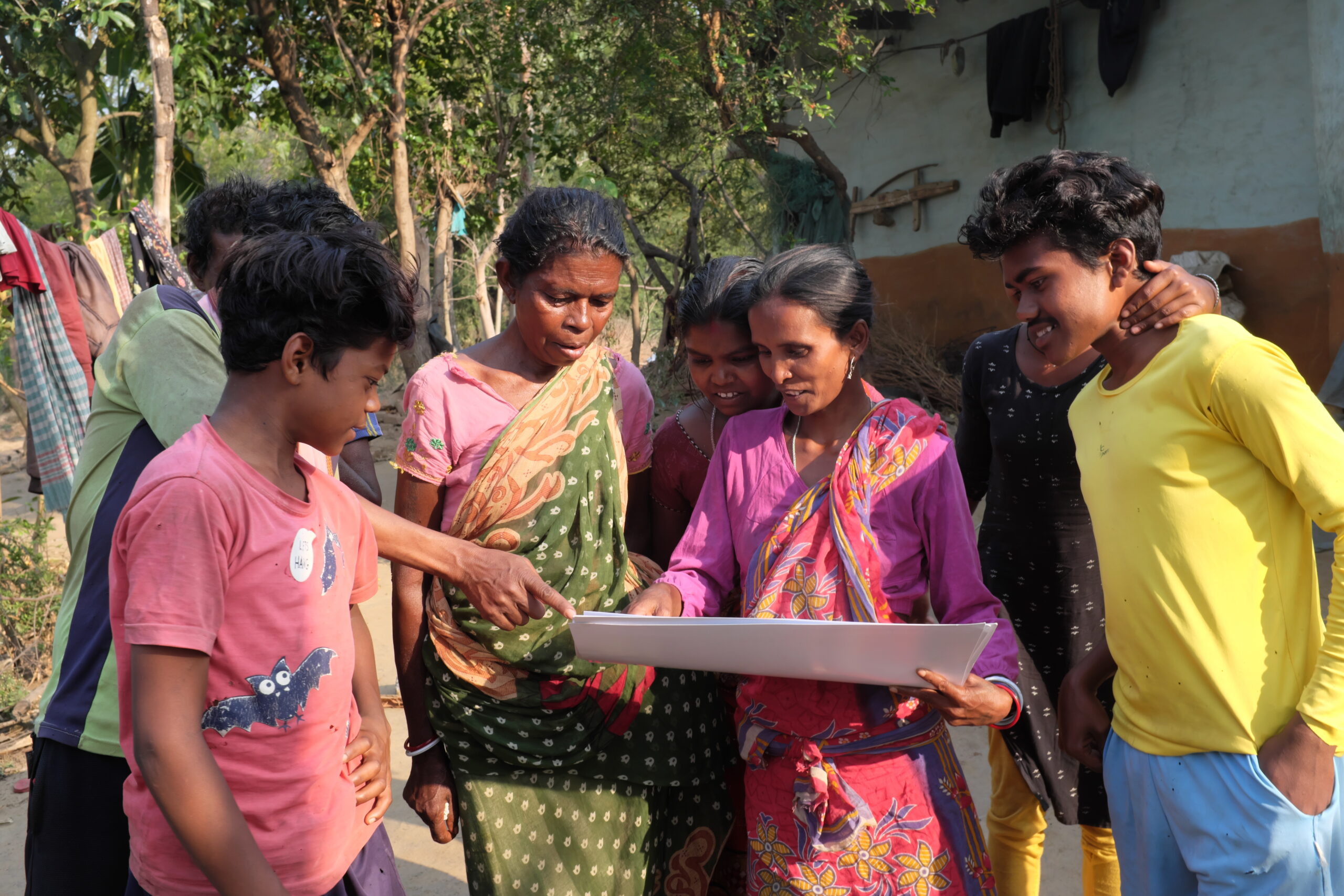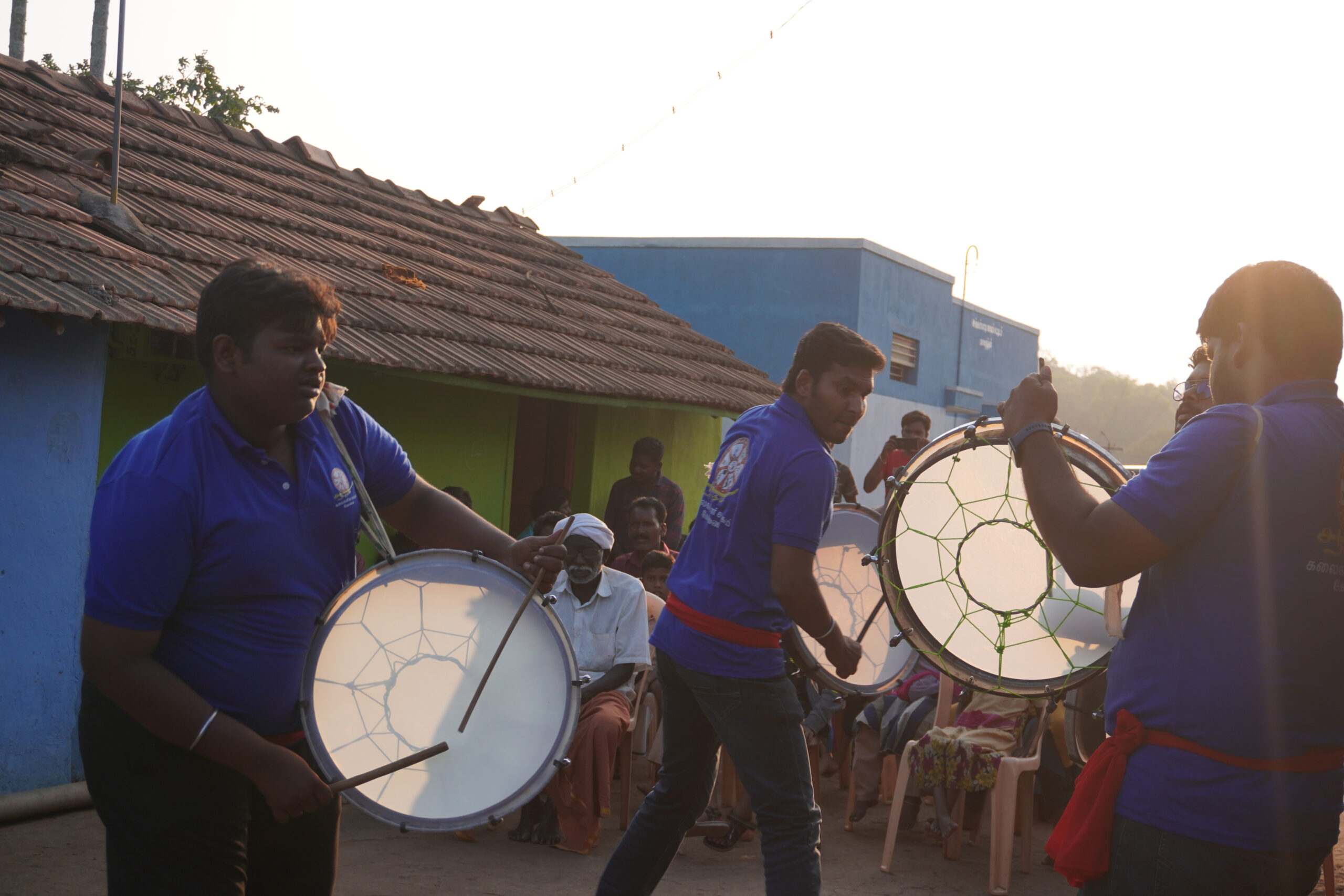What changed our livelihoods pattern?
Environmental history fades away by the time a nation establishes its post-industrial era! The livelihood opportunities of the students from Nilgiri Biosphere Reserve (NBR) are predominantly dependent on nature like agriculture, gathering forest produce, rearing cattle, etc. They are primarily engaged in seasonal work based in and around their communities. Whereas, Cornell students’ livelihood choices were both nature and technology-oriented like manual labour- carpentry, surfing; professional work in hi-tech companies; teaching in schools, food service industry; etc. These are regular jobs for which they have to commute between home and workplace. Education plays a significant role in getting into corporate sector for both developed nations (America) and developing nations (India).
With every step taken towards economic progress, we simultaneously move towards environmental degradation. One of the many viewpoints on development is that it is meant to transform villages to industrial towns and cities at the cost of nature. Over the past forty years, responses to challenges met with traditional development strategies have given way to “Sustainable Livelihood”. An NFLC student from the indigenous community favoured the boom of industrialisation that ensured regular jobs to many.
Food that we eat today largely comes from industrialised farms that rely heavily on technology like genetically modified seeds, fertilisers, fungicides, pesticides, etc. for guaranteed harvest. These farms are run by people who align themselves partially with capitalist ideology, who concentrate on making money than on quality of the produce. Farmers are not to be blamed! People expect “standardisation” even in fruits and vegetables like big red tomatoes, broccoli without worms, and big beetroots. Organic produce, unless certified, find it difficult to compete amongst inorganic produce that have longer shelf-life in the market. During a long walk or drive through the hills of Nilgiris, one can a find number of abandoned tents that were once used for floriculture. As government subsidies started to reduce, only large farmers who had the ability to invest more continued farming. A visit to one such large-scale floriculture farm, we learned that with the advent of intense farming practices- a global daisy mother plant whose lifespan was around 7 years, five years ago has drastically dropped to about 2 years today. As we entered each tent, there were pungent smells of chemicals that overpowered the natural fragrance of flowers.
Who has authority over our lives?
We experience authority in different ways like parental, moral (culture and tradition), legal, etc. NFLC students from the indigenous communities listed out few role-players who had/have authority over them—doctors, teachers, headmasters, hostel wardens, educational institutions which conduct public exams that decide students’ career path, government that issues identity cards like ration card, aadhar card, driver’s licence, etc. Whereas, authority meant more freedom for the Cornell students who listed out things like religious authorities, autonomy over mobility (infants and toddlers), during teenage it is the influence of peer pressure and social media. In later stages of life, it is more about stability over financial security (taxes), regular job(s), housing, survival, etc. Both groups mentioned that with family comes the self-authority.
The Week-6 of NFLC focused more on forest governance. The different role-players are the forest department, Tamil Nadu Electricity Board (TNEB), large private estate owners and local communities. Over centuries, people from Toda community were pastoral nomads. Indigenous people roamed these lands (now Forest Reserves) for religious purposes; grazing cattle; non-timber forest produce (NTFP) gathering; cultural and spiritual tours; etc. Later, when States were formed, their access has been restricted to certain natural resources, which are accessible only through agreements with these role-players. Forest Rights Act, 2006 is trying to undo the historical injustice faced by people from tribal communities, by giving them right to claim their ancestral domains legally, but reallocation of these lands from the Forest Reserves is not welcomed by the Forest Department.
A transect walk in one of the first villages Keystone had intervened – Semmanarai, was led by Leo and P Chandran. The walk gave us useful insights on sustainable livelihoods, namely millet cultivation; value addition to NTFP products; sustainable harvesting of honey from cliffs; etc. We learned that social trust and sense of responsibility are valuable assets to a community. The highlight of the trip was meeting Vasu, Kurumba clan leader who is also the Priest. He imparted his knowledge of honey hunting to his sons. Towards the end of the week, the students also visited Kodithenmund, a Toda village which has undertaken an eco-tourism Initiative. The initiative is a collaboration between the Tamil Nadu Forest Department, the local community and is supported by Nilgiri Natural History Society (NNHS), a sister organisation of Keystone.
The lectures backed by field-trips helped one to see through the complexities involved in governance. In reality, the government has recognised the importance of decision making abilities and needs of local communities through local Panchayats, while also allowing Private Stakeholders to influence certain decisions and activities. The role of government as a decision-maker seems slightly muddled amidst the intricate relations established in this decision making process!


















